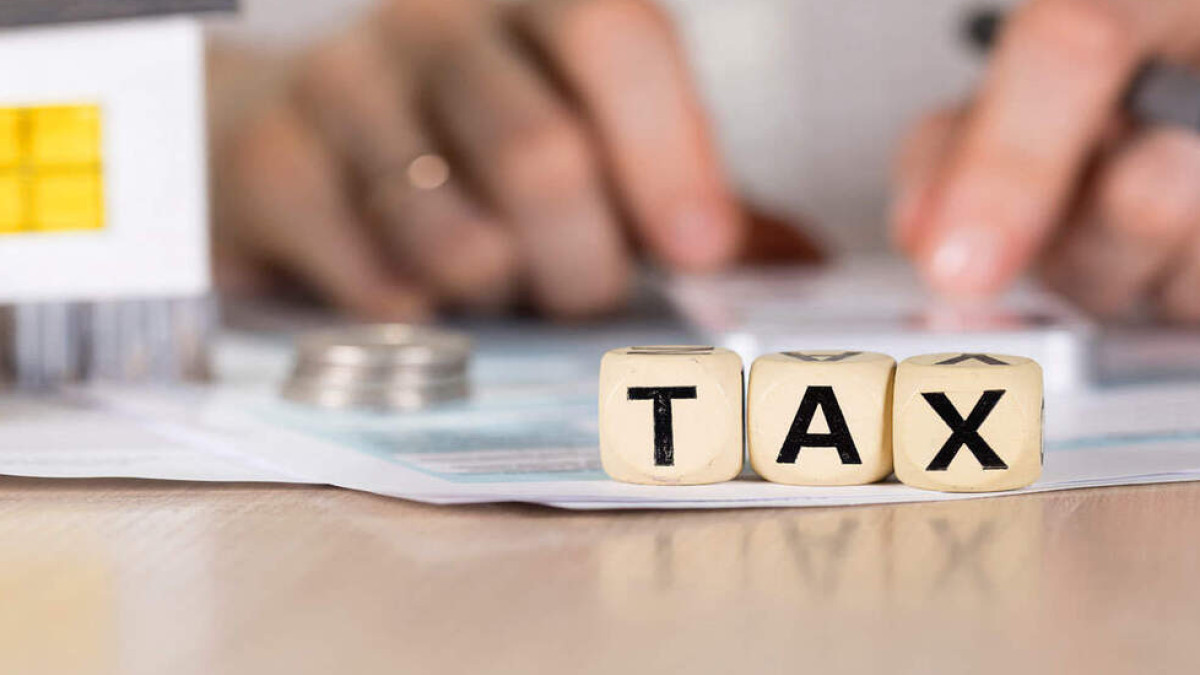A company’s financial health is transparently laid bare in a balance sheet, a snapshot of assets, liabilities, and equity at a specific point in time. However, there’s an additional tool for financial analysis that goes beyond the generic balance sheet. It’s the partial balance sheet.
This more focused view allows for a deeper understanding of a company’s performance in critical areas. This helps investors, analysts, and management make more informed decisions.
In this article, we’ll explore what a partial balance sheet is. Read on.
Contents
The Basics of Partial Balance Sheets
A partial balance sheet, true to its name, presents a part of the whole financial picture. This can be a subsection of the assets or liabilities of a company, often isolated to a particular item or category.
The idea behind this breakdown is to isolate specific data points and present them in a more easily digestible format. This provides a clear summary of the company’s financial position without overwhelming the reader with extraneous data. Check out Defer Tax to learn more about the balance sheet reports.
The Difference from Regular Balance Sheets
The major difference between a partial balance sheet and a regular one is scope. While a regular balance sheet presents the entirety of a company’s financial position – all assets, liabilities, and equity – a partial balance sheet narrows this down. It focuses on a specific aspect.
For instance, a company can choose to present a partial balance sheet for only its:
- inventory
- long-term debts
- equity investments
This leads to a more detailed and targeted representation that can shed light on specific financial questions or concerns.
How to Create a Partial Balance Sheet
Generating a partial balance sheet requires knowing what you aim to investigate. It typically begins with extracting the data from the company’s full balance sheet. Then sorting and arranging this data to highlight the specific focus area.
For instance, if analysts want to understand the company’s current liquidity, they would look at the subsection of the current assets that represent cash. Remember, precision and the right context are vital to ensuring that the partial balance sheet serves its purpose effectively.
Analyzing Company Performance with Partial Balance Sheets
The utility of a partial balance sheet lies in its ability to provide in-depth insights into components of a company’s financial health. Here’s how to leverage it.
Identifying Strengths and Weaknesses
Investors can quickly spot where a company’s financial prowess lies and what areas require improvement. This is by building out partial balance sheets for key areas. If the partial balance sheet for current liabilities is examined, a business can assess if it has sufficient current assets to cover short-term obligations.
Comparing Over Time
Partial balance sheets are also excellent for tracking changes. One can observe trends and understand how a company’s performance in that area is evolving. This is by creating partial balance sheets for the same subset of financial items at different reporting periods.
Making Informed Decisions
Partial balance sheets assist management in making key financial decisions. For example, a breakdown of long-term debt components can guide leaders in structuring debt positively to company objectives. It also avoids over-leveraging situations.
Use Partial Balance Sheet on Your Business
In conclusion, utilizing a partial balance sheet is a valuable tool for measuring a company’s performance. It provides insight into the financial health and efficiency of a business. This is by focusing on key assets and liabilities.
As you continue to assess and analyze, remember to regularly update the partial balance sheet for more accurate measurements. Happy analyzing!
If you want to read more articles, visit our blog.

